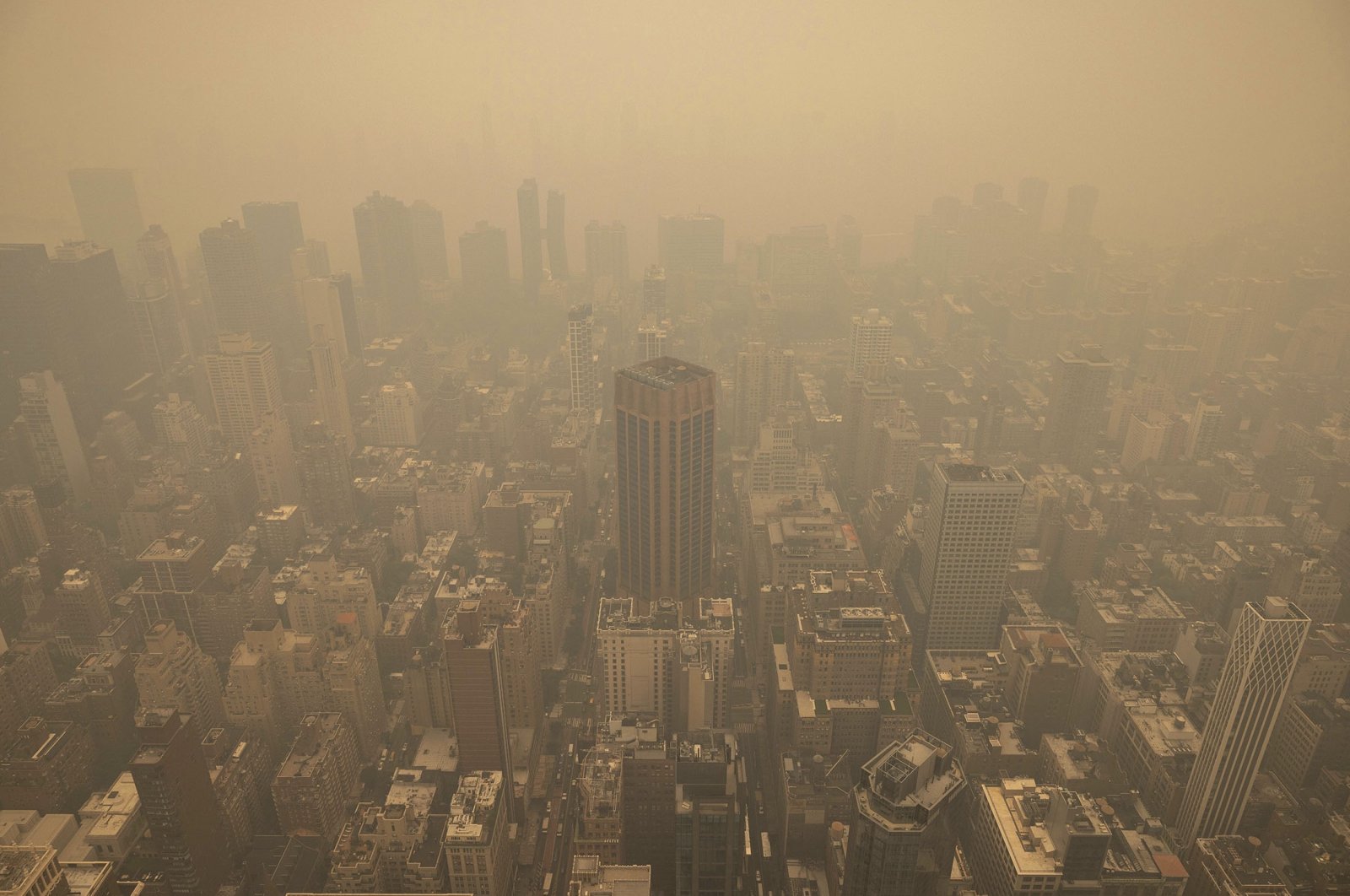
As Earth's climate continues to change from heat-trapping gases spewed into the air, ever fewer people are out of reach from the billowing and deadly fingers of wildfire smoke, scientists say. Already wildfires are consuming three times more of the United States and Canada each year than in the 1980s and studies predict fire and smoke to worsen.
While many people exposed to bad air may be asking themselves if this is a "new normal," several scientists told The Associated Press (AP) they specifically reject any such idea because the phrase makes it sound like the world has changed to a new and steady pattern of extreme events.
"Is this a new normal? No, it's a new abnormal," University of Pennsylvania climate scientist Michael Mann said. "It continues to get worse. If we continue to warm the planet, we don't settle into some new state. It's an ever-moving baseline of worse and worse."
It's so bad that perhaps the term "wildfire" also needs to be rethought, suggested Woodwell Climate Research Center senior scientist Jennifer Francis.
"We can't really call them wildfires anymore," Francis said. "To some extent they're just not, they're not wild. They're not natural anymore. We are just making them more likely. We're making them more intense."
Several scientists told AP that the problem of smoke and wildfires will progressively worsen until the world significantly reduces greenhouse gas emissions, which has not happened despite years of international negotiations and lofty goals.
Fires in North America are generally getting worse, burning more land. Even before July, traditionally the busiest fire month for the country, Canada has set a record for most area burned with 81,409 square kilometers (31,432 square miles), which is nearly 15% higher than the old record.
"A year like this could happen with or without climate change, but warming temperatures just made it a lot more probable," said A. Park Williams, a UCLA bioclimatologist who studies fire and water. "We're seeing, especially across the West, big increases in smoke exposure and reduction in air quality that are attributable to increase in fire activity."
Numerous studies have linked climate change to increases in North American fires because global warming is increasing extreme weather, especially drought and mostly in the West.
As the atmosphere dries, it sucks moisture out of plants, creating more fuel that burns easier, faster and with greater intensity. Then you add more lightning strikes from more storms, some of which are dry lightning strikes, said Canadian fire scientist Mike Flannigan at Thompson Rivers University in British Columbia. Fire seasons are getting longer, starting earlier and lasting later because of warmer weather, he said.
"We have to learn to live with fire and smoke, that's the new reality," Flannigan said.
For people exposed to nasty air from wildfire smoke, increasing threats to health are part of the new reality.
Wildfires expose about 44 million people per year worldwide to unhealthy air, causing about 677,000 deaths annually with almost 39% of them children, according to a 2021 study out of the United Kingdom.
Based on peer-reviewed studies, the Health Effects Institute estimated that smoke's chief pollutant caused 4 million deaths worldwide in 2019.
